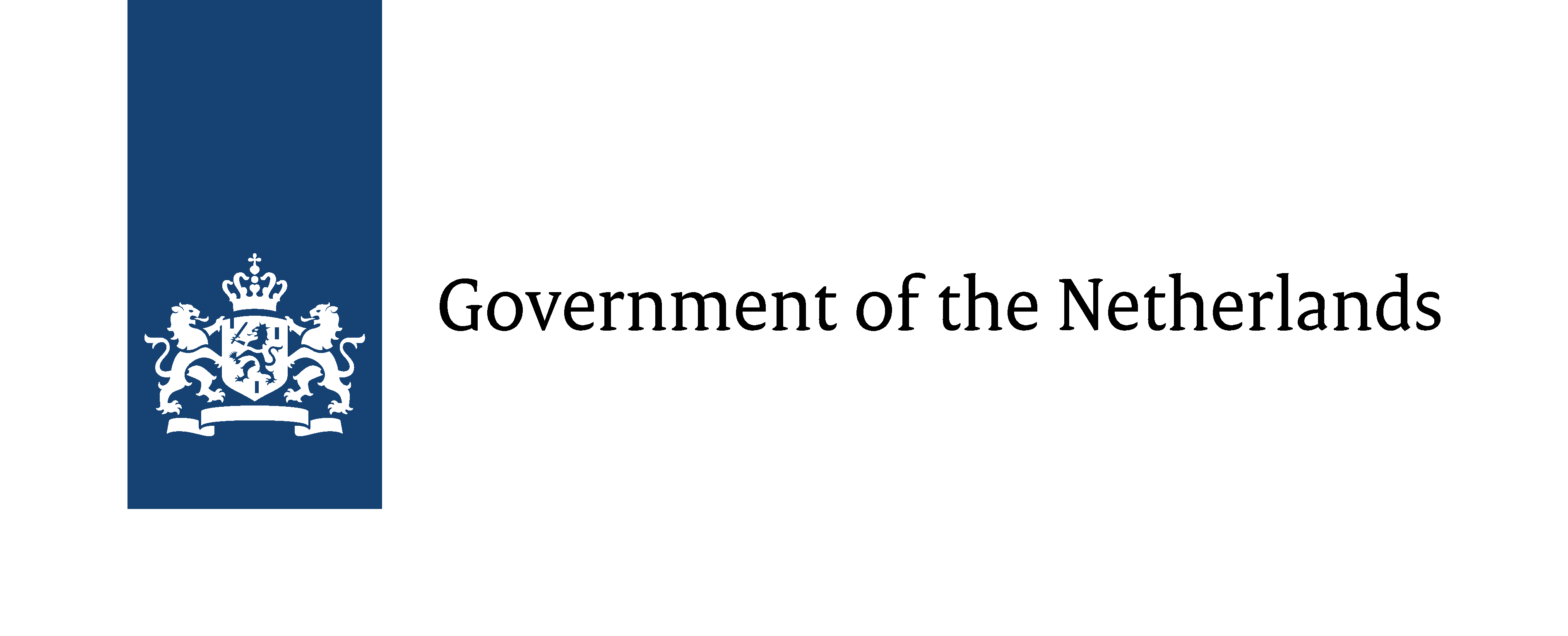
India: Dutch-Indian textile trade, heritage and traditions
Textiel Factorij is an artistic exploration of shared heritage between India and the Netherlands. This research project retraces the textile trade between these two countries and its influence on the Dutch textile colour, design, motives and patterns in the seventeenth and eighteenth centuries. Especially Gujarat and the Coromandel coast were important areas, where the Dutch East India Company (VOC) set up trading posts and factories for the trade of cotton, indigo, silk and chintz.
Knowledge exchange based on reciprocity
In 2016, 26 Dutch artists and designers collaborated with 17 Indian craft communities and design studios (such as K. Gangadhar, Srinivas Pitchuka and Studio Blue Madder), to explore the influence of Indian textiles on Dutch costumes. Through creative methods and techniques, such as storytelling and craftsmanship, they developed artworks and designs. The results of their collaborative endeavours were exhibited across the Netherlands (Fries Museum, Zuiderzeemuseum, Museumfabriek and the Lloyd Hotel).
Textiel Factorij in India
The success of this cross-cultural exchange, and the enthusiasm and support of participating artists, designers and craftspeople in both countries, motivated Textiel Factorij to develop exhibitions to be presented India, this time from an Indian artistic and historical perspective. Textiel Factorij will work together with its partners: the Conflictorium Museum of Conflict in Ahmedabad and the Muziris Heritage Project in Kochi. The Netherlands has century-old textile trade relationships with these two cities and traces of the presence of the VOC can still be found today. The exhibitions will present artworks and other objects from the past and present. And the contemporary works created by Dutch designers and Indian artisans will be related to this shared past, such as the work by Gerard Jasperse, that portrays the textile trade and the unequal power relations between the two countries in a typical Dutch shirt (see photo above).
Focus on Indian perspectives
The importance of reciprocal collaboration and the desire to break new grounds, drives Textiel Factorij to develop these exhibitions and a programme of events focused on socially relevant topics. With the current COVID-19 crisis, the need to share stories about shared histories, art, design and crafts, is crucial since this fragile sector is (increasingly) under threat. In order to sustain these centuries-old crafts, Textiel Factorij connects artists and artisans to establish small-scale production lines. Textiel Factorij is currently developing its programme of events and exploring the needs and requirements of artisans, designers and researchers working in this field. It is hoped that the first exhibition will open in October this year.
This project was supported by DutchCulture’s Shared Cultural Heritage Matching Fund.
This article was written by Lipika Bansal.

